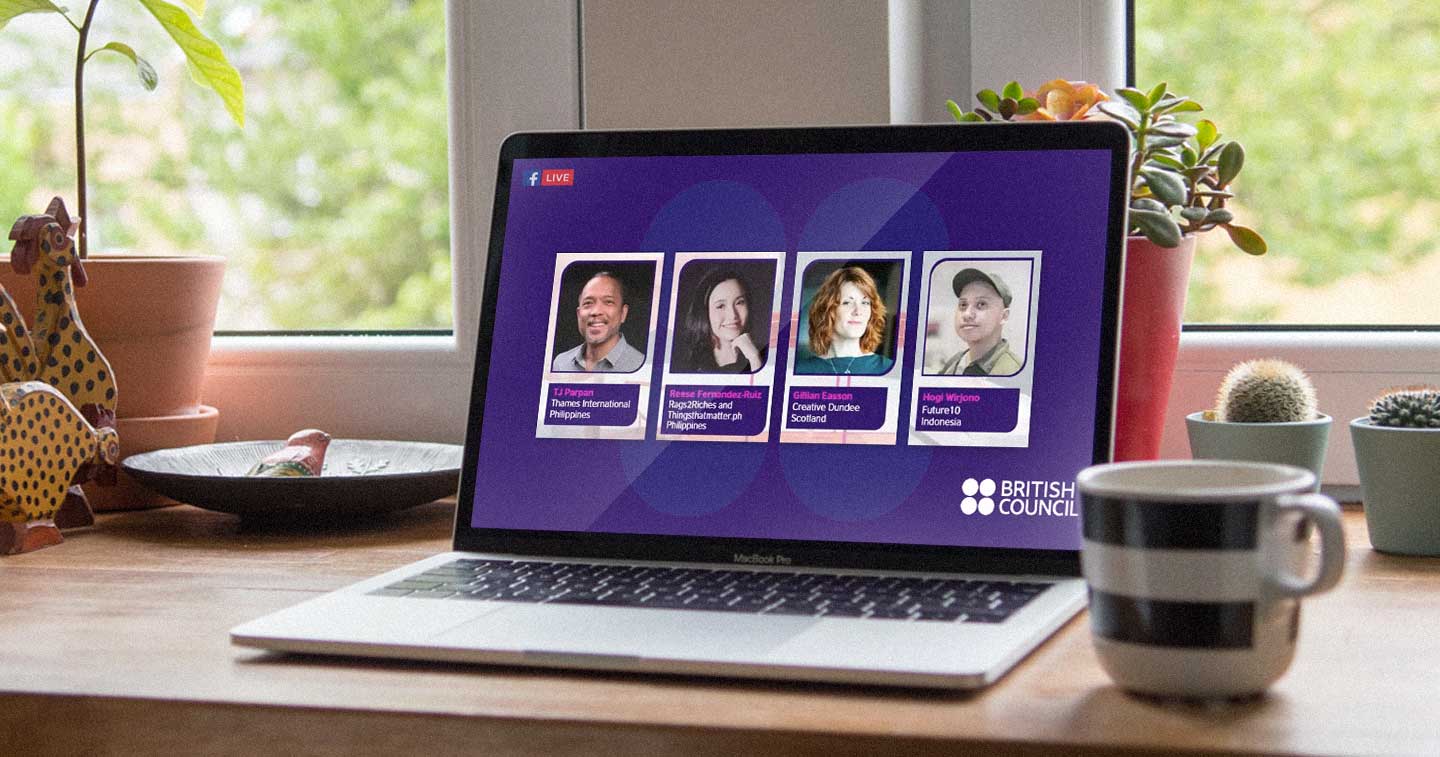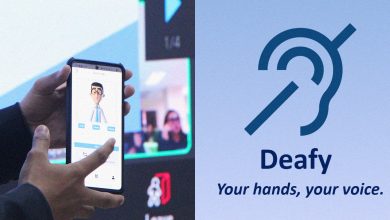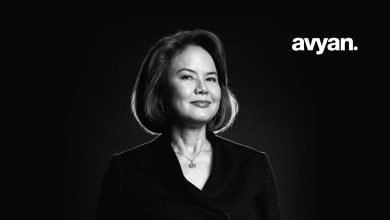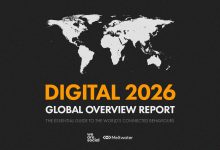MANILA, PHILIPPINES– The pandemic brought forth changes in the way people communicate, work, live, and do business. As a result, there has been a significant shift towards the digital space to connect with others.
In the second forum of Communities of a New Future: A Series of Creative hub conversations brought by The British Council, panelists TJ Parpan of Thames International School, Reese Fernandez-Ruiz of Rags2Riches and Thingsthatmatter.ph, Gillian Easson of Creative Dundee, and Hogi Wirjono of Future10 talked about the transition of their respective organizations digitally and how this has affected their mindset and strategies.
Easson discussed the ongoing digital divide across nations especially in locations where there are digital poverty and access is limited while Parpan also took note of the low digital literacy. Wirjono, on the other hand highlighted the fact there are a lot of adjustments to take note of in terms of translating physical sensations and emotions through digital means.
Fernandez-Ruiz stressed that, “Digital transformation is not an option, it is absolutely necessary.” Innovation and transformation are the way forward and getting comfortable with this idea is the new normal.
To address this, the British council consolidated the top ten skills from the forum’s participants: data analysis, content curation, strategic communications, creative problem solving, digital marketing, remote collaboration, graphic design, video production, design software, and language skills and translation.
All skills are necessary to transition smoothly into the digital world. Out of 207 respondents from 21 countries, 120 predominantly work in creative services followed by cultural and natural heritage at 90, and less participants in the creative/social development sector.
The report also made a point to differentiate one’s already possessed skills and the ones they still need. The results illustrate the gaps that demand to be filled.
Data analysis and visualization is one of the skills in demand but only 71 participants possess it and 166 say they need the skill. The same can be said for digital marketing where 62 participants have adequate knowledge and 140 say they need it.
Graphic design has the least gap where 132 participants say they need the skill but 113 already possess it. The skills mapping done by the British Council does not only present bare numbers and contrasting points, as Easson said the only option is to move forward with the sense of adaptability and being open to raise each other and learn from one another.
Parpan noted that transformation is basically moving from one’s current state towards their end goal and what stands in between in purpose. As the organization’s “why,” identifying one’s purpose can help strategize the next steps and plan for what is to come.
Thames International School in the Philippines is a great example of being able to fluidly shift towards digital learning, with a clear purpose, methods, and also with the help of data.
Wijorno said that numbers are to be taken seriously. These data points will show the efforts that are effective and approaches that need to be readjusted. After the pandemic hit, Future10 transitioned to livestream activities through their Youtube Channel called Echoes. On that change, live participants and reactions became data and numbers in the form of viewers. These inputs will keep one informed and help deal with decision making that will not only affect the creative hubs but also the people connected with and through it.
People being the center of every turning point in history. Parpan suggested that a successful change especially in business is about culture and people. Culture being defined as the purpose and is driven by the masses. This notion is echoed by Fernandez-Ruiz in which the successful transformation of thisthatmatter and Rags2Riches is partly because of constant communication and connection with her artisans and advocates. Knowing and working through to meet those needs. Such as pivoting from producing bags to face masks and providing the gadgets needed for easier relay.
Easson emphasized that even though we are connected through digitals means, there are still barriers that call for eradication. There must be a culture of organization in which everyone “must have an adaptable and learning conduct” because digital does not only mean widgets and apps, there must be a culture of creativity.
Future10 goes beyond digital connections. By honoring subculture, they are not only building their reputation but also respecting their connection with the people they serve.
“Culture and creativity are essential catalysts for positive changes,” says Easson as she presses on the need to support creative hubs and their practices. Utilizing digital tools to share insights from one hub towards the communities, and to create something of value now.
Culture-driven transformation translate to a people-centric society. What is important is to connect with one another. Creative hubs need to collaborate with allies, discussions are necessary. Parpan further illustrated that digital is just another platform and transformations are effective when technology becomes invisible and comes after conversations within the community.







